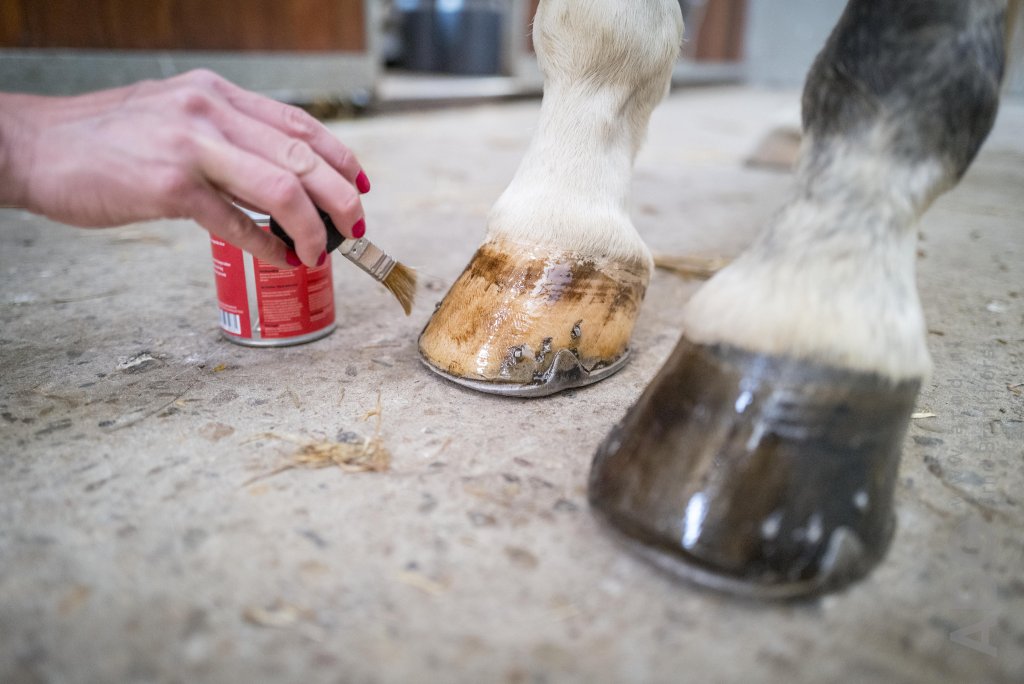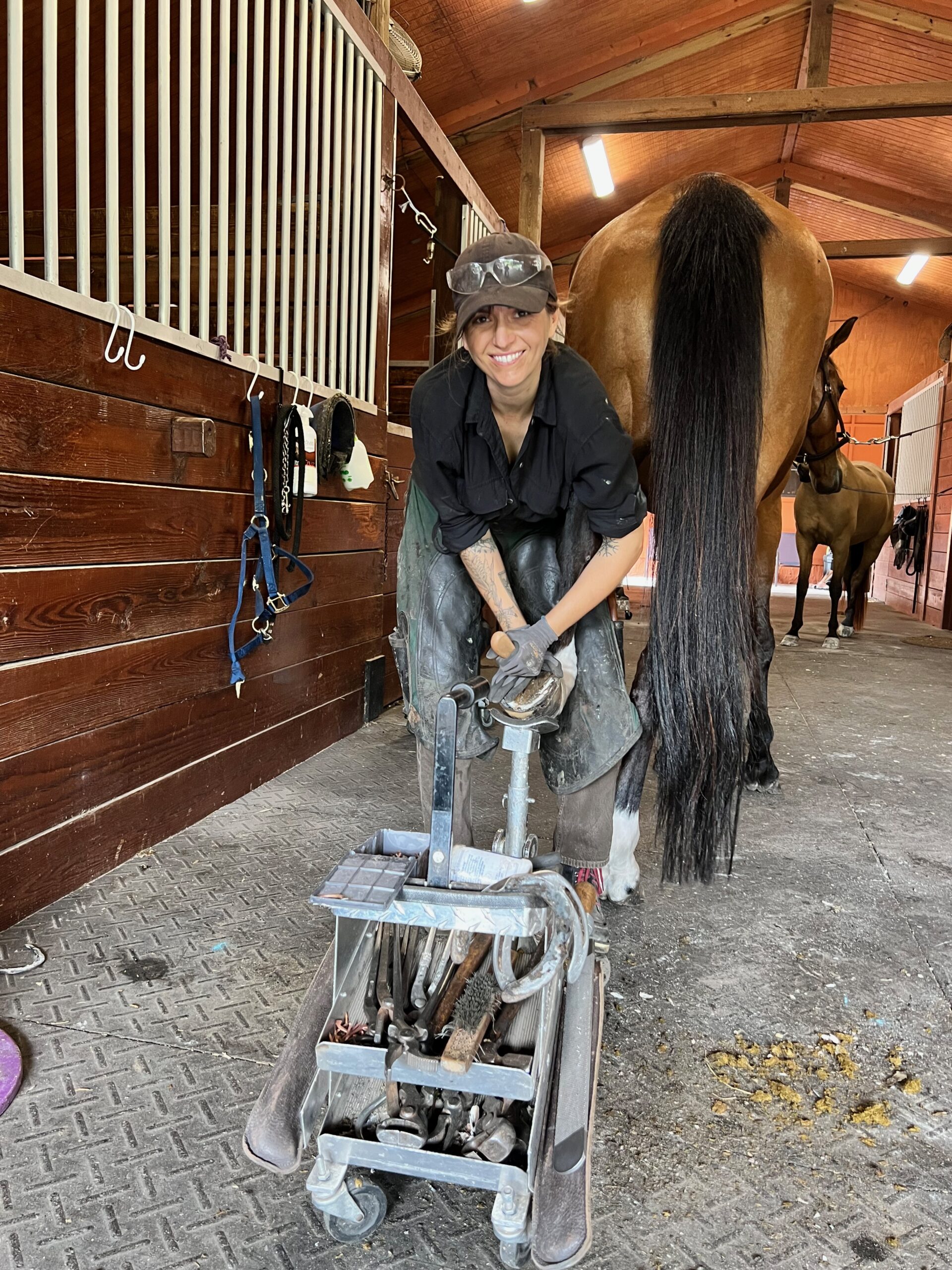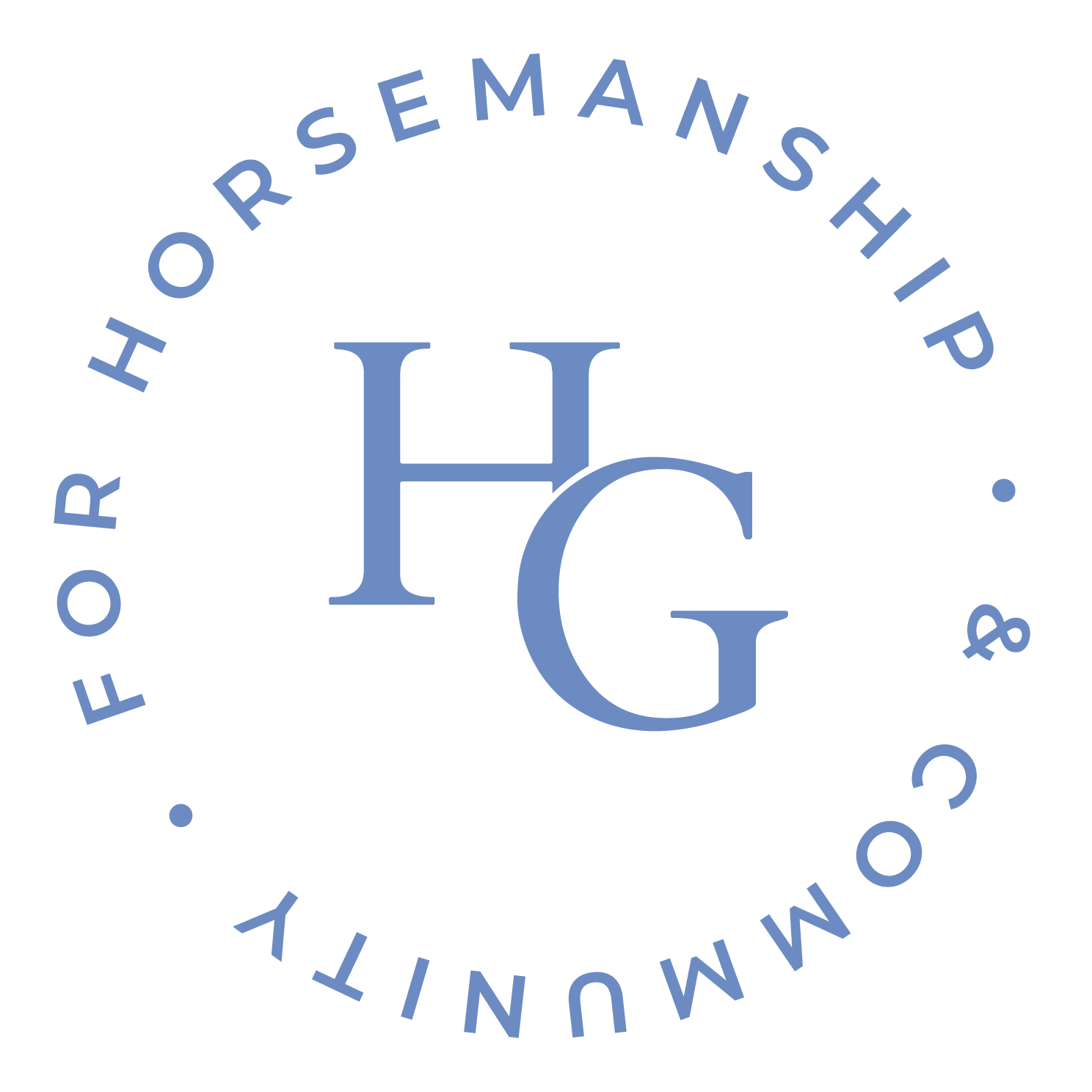Wellington, Florida, is one of the most challenging environments for horses – some will even tell you it is the most challenging environment they have ever been in. It’s hot, humid and constantly raining. Let’s touch base on some basic hoof-care concerns that we see as common issues here.
Moisture management
Horses’ feet will expand and change shape in this environment – that is perfectly normal. Properly moisturizing them will help keep them strong and pliable – a moisturized hoof is a healthy hoof.
It’s important to ensure your horse’s feet are dry and clean, but oiling them (after they are dry and clean) can be extremely beneficial. Most hoof oils are safe for the entire hoof — hoof wall, sole, frog, etc. If you buy something already made-up, just be sure to check the label.
Absorbing moisture
When horses come to Wellington from dry climates, their feet are quick to absorb moisture. Often, they absorb water from the paddocks or even the ring, and with that water comes bacteria. As a preventative action, oiling the hoof and supplying that moisture usually deters it from absorbing much else.
Differences between moisturizers
There is a difference between an emollient moisturizer (like squalane, olive or jojoba oil) and an occlusive moisturizer (like petroleum, mineral oil and lanolin). When it comes to hoof oils, I am looking for a little bit of both.
- Emollients simultaneously nourish and moisturize the hoof.
- Occlusive moisturizers protect what they cover, seal in moisture, and help repel unwanted bacteria and microbes from outside sources (like the paddock). However, if used alone, they can also trap bacteria, which leaves the hoof worse off. They are sometimes not the best choice for down here in Wellington if that is the only product you are using. An example of an occlusive moisturizer would be Effol.

Read the rest in the HorseGrooms Community!
The article doesn’t end here. Jacqueline Karlsen discusses hoof oils and hacks, how to combat bacteria and fungus and what tools should be in your tool kit in case of emergencies. Sign up for free and join the HorseGrooms Community.
Featured photo courtesy of Arnd.nl.


